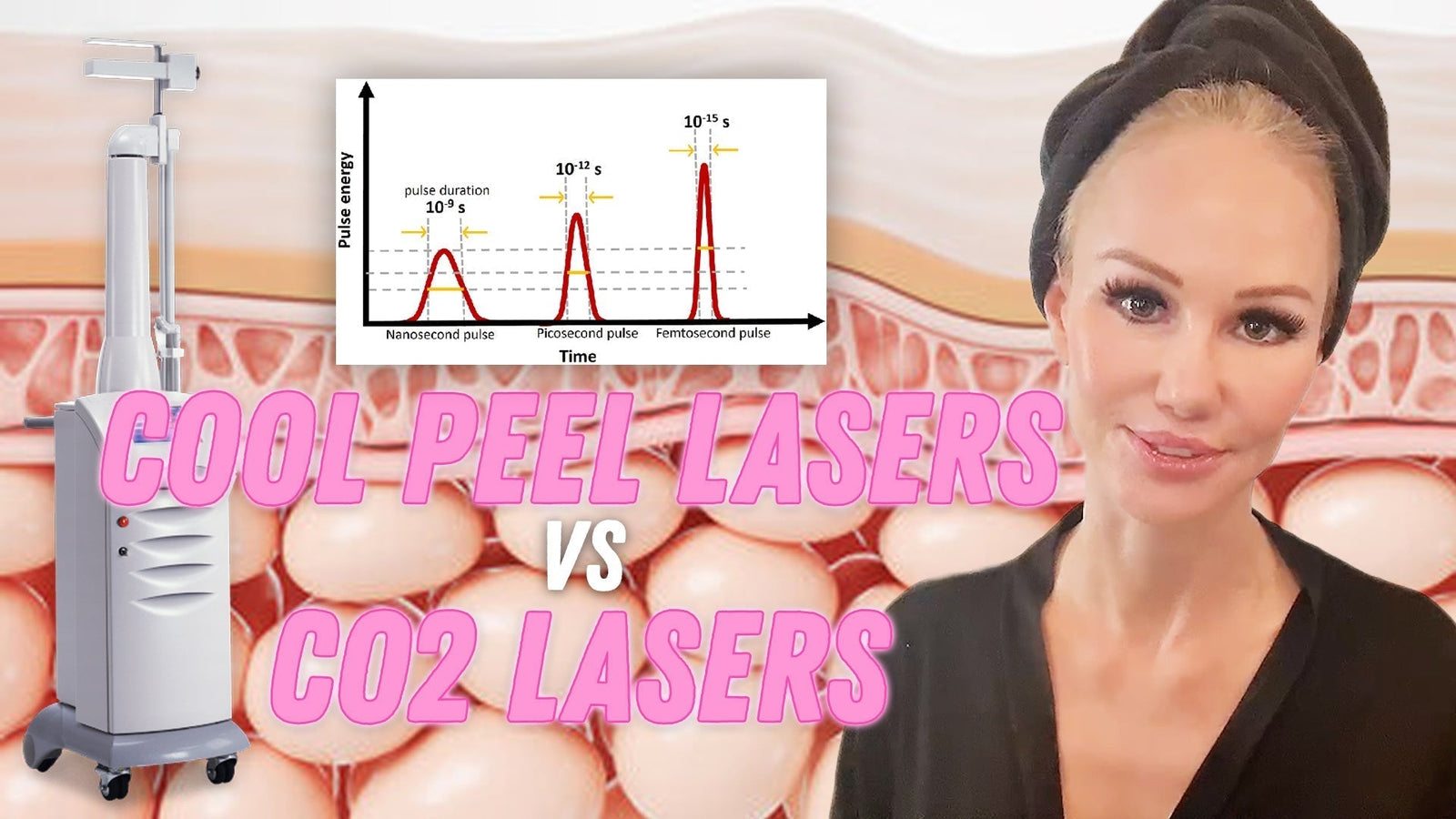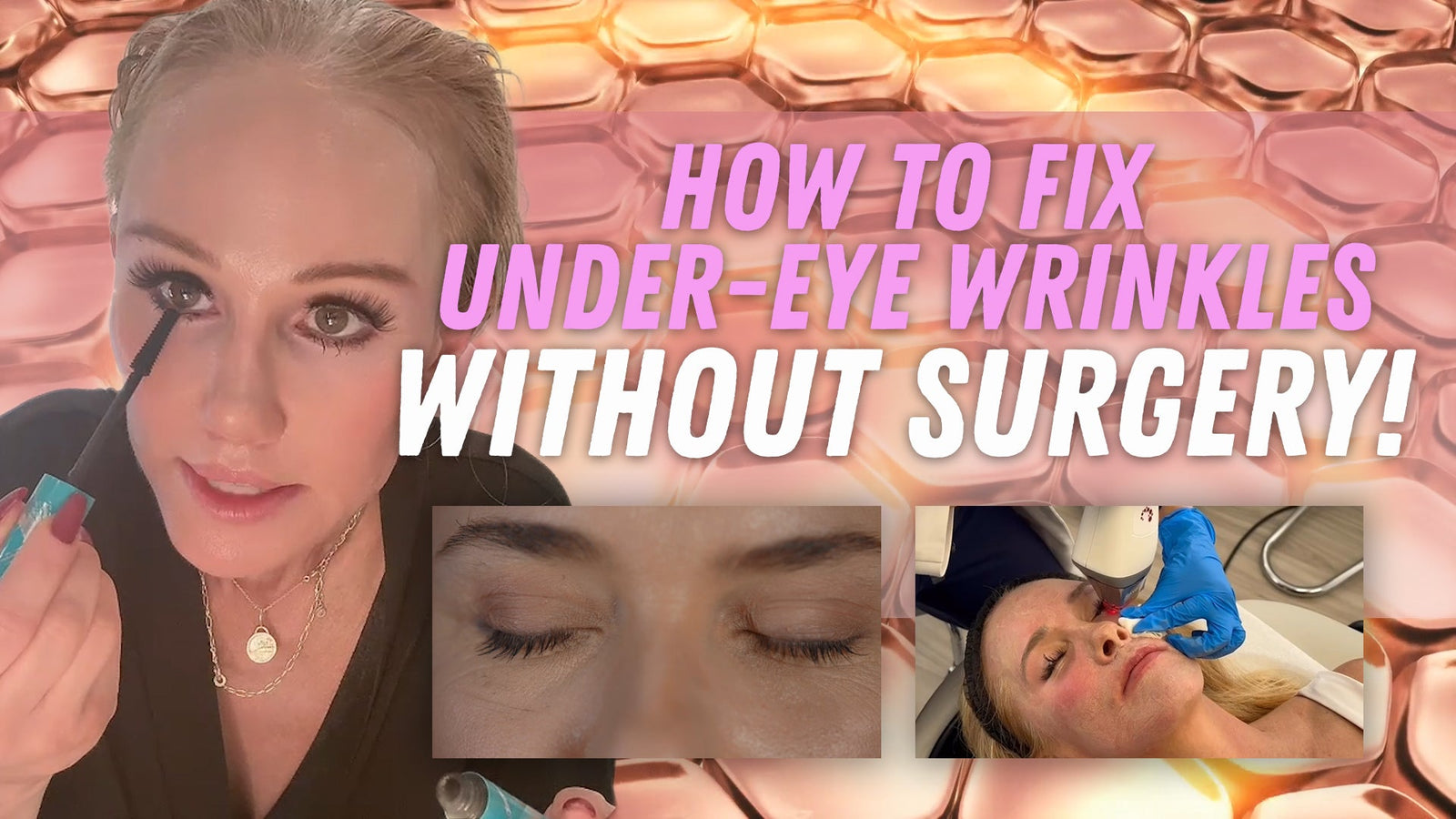It’s no secret that I feel we are in an epidemic of ‘over-filled’ faces, and I hope that the tide is changing for this, but I wanted to dedicate a video and blog post all about filler, what goes wrong with it, and how to know if you should consider dissolving your filler.
“The epidemic”
When someone has too much filler or it’s placed improperly it can look too full, stretched, and can make someone look somewhat ‘cat-like’ in appearance. This is obviously something we want to avoid, as patients and as providers, so why is it happening so frequently?
Filler has been an incredibly ‘trendy’ treatment for quite a while now, and unfortunately this has led to an influx of unqualified and under-trained providers injecting way too much filler into their patients. It’s a relatively ‘easy’ treatment to administer by simply opening up a syringe and injecting into a face. However, it’s not an easy treatment to get right, and that’s where the issue stems from. It’s easily accessible but not easy to do correctly.
What makes filler look ‘bad’?
To put it simply, filler often looks ‘bad’ when someone has too much filler, it’s injected improperly, it migrates, the wrong filler is used, or the filler has lasted too long in the face and has changed composition over time.
To start with the obvious, when someone gets too much filler in their face you can tell. It simply looks too full, stretched, and unnatural. It can also migrate into areas of the face that you weren’t intending to have filler in. In addition to too much filler, we often see filler that is improperly injected, either into the wrong locations for someone’s specific anatomy or with improper technique. This leads to unnatural and undesirable results as well.
For some people filler is lasting much longer than the 6-12 month expected duration. When filler lasts 2+ years in the face without being metabolized by teh body, we’re finding that it changes composition and leads to a ‘water balloon’ type consistency. This means the filler fluctuates and binds water differently than when it’s brand new. It essentially gets loose and floppy in the skin.
When should you consider dissolving your filler?
If you’ve had filler and feel like it doesn't look like it used to, or it’s been a long time since you’ve had any but feel like it’s still sticking around in your face, then it’s time to dissolve! That’s the beauty of hyaluronic acid fillers: they’re not permanent and you can dissolve them and start from scratch!
When you decide to dissolve your filler, however, be prepared for the mental aspect of it as well as the physical. When you dissolve filler in the face you might notice your face looking more sunken, the skin being a little more lax, and potentially just an overall more aged appearance. But don’t worry too much, there are a lot of things we can do to tighten the skin and restore volume in areas where you might be lacking.
How to avoid getting ‘bad’ filler?
Make sure you go to a provider who is well trained and very experienced. Look for someone who is fellowship trained and has before and after results that you like! When it comes to filler, slow and steady is the way to win the race. Being conservative will always yield better long term results than going in with 2 or 3 syringes at a time. You can always add a little more as time goes on to avoid having to dissolve and start over later.
Check out my YouTube video on this topic below to hear my uncensored thoughts on this over-filling epidemic! Make sure to subscribe and join our YouTube Derm Fam! See you next Sunday, my beauties!



